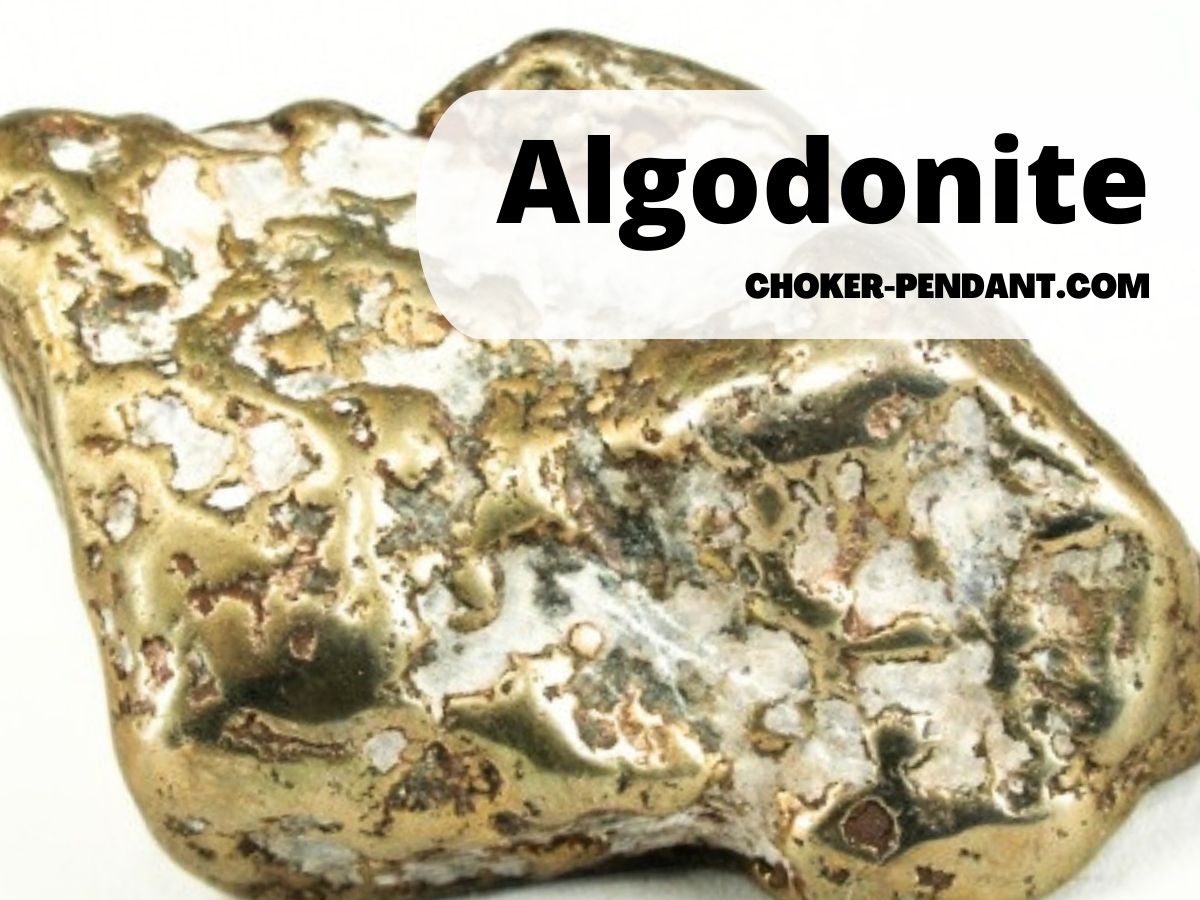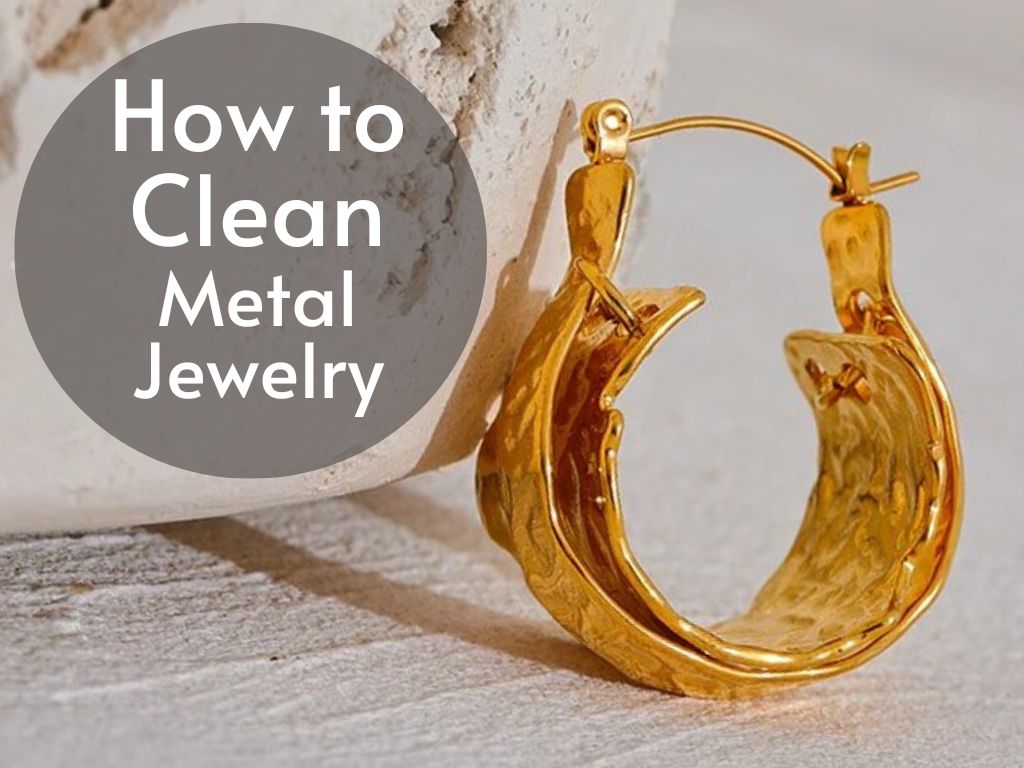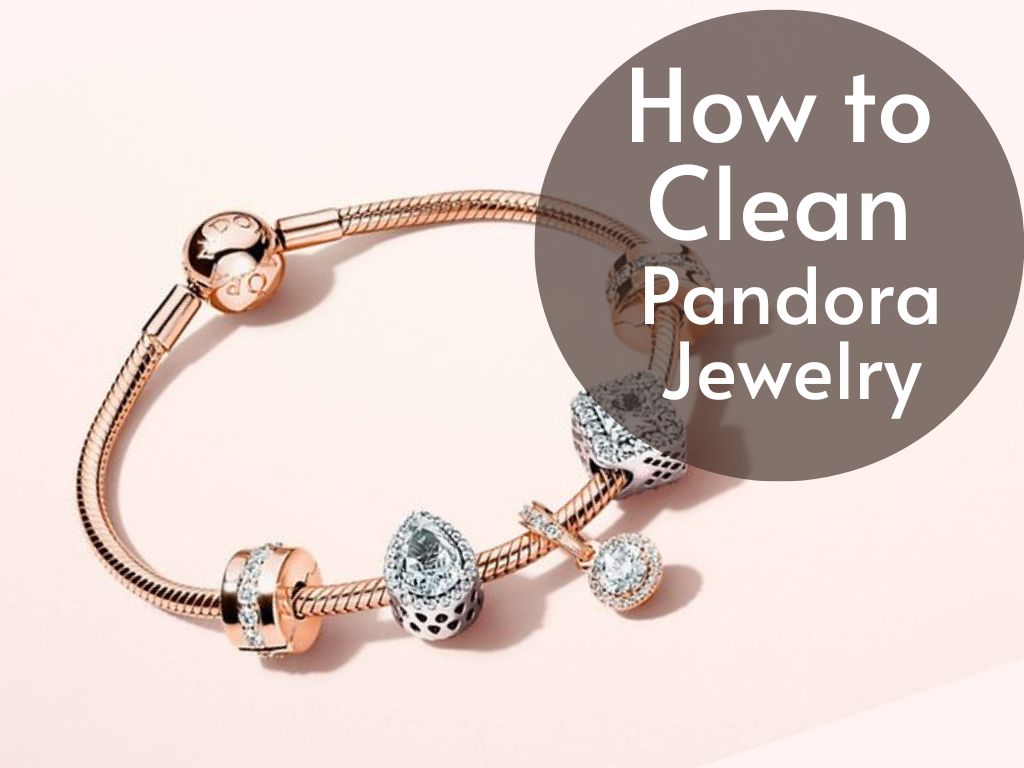The Essentiality of Pristine Piercing Jewelry
Piercings have become a popular form of self-expression, allowing individuals to adorn their bodies with stunning jewelry. However, what often goes overlooked is the crucial aspect of cleanliness and maintenance when it comes to piercing jewelry.
Cleaning your jewelry regularly is not only imperative for maintaining its aesthetic appeal but also for ensuring the health and safety of your piercings. By neglecting this essential task, one may invite a host of problems, ranging from infections to irritations.
The Advantages of Pristine Piercing Jewelry
Properly cleaned and well-maintained piercing jewelry offers an array of benefits that go beyond a mere visual appeal. Firstly, clean jewelry helps prevent infections caused by bacteria or other contaminants that may accumulate over time.
A dirty piece can introduce harmful microorganisms into the piercing site, which can lead to severe complications such as abscesses or even septicemia. Secondly, maintaining clean jewelry promotes faster healing and reduces the risk of irritation or discomfort associated with piercings.
Uncleaned jewelry can harbor dirt particles or residues that irritate the surrounding tissue or prolong the healing process. By ensuring pristine conditions for your piercings through regular cleaning practices, you provide an optimal environment for healing and minimize potential complications.
An Overview of the Cleaning Process
Cleaning piercing jewelry requires attention to detail and adherence to proper techniques to achieve desired results effectively. The process typically involves rinsing the jewelry under warm running water to remove any visible debris or dirt particles.
A gentle stream should be used to prevent damage to delicate parts while being cautious not to apply hot water that could distort certain materials’ shape. In addition to rinsing, using a mild soap solution is often recommended for a thorough clean.
This involves mixing a small amount of mild liquid soap with warm water in a bowl and submerging the jewelry. By gently agitating the jewelry in the soapy solution, residues and hidden contaminants are loosened, facilitating their removal.
However, certain materials may require specialized cleaning methods to avoid damage or degradation. Cleaning piercing jewelry is not only an aesthetic endeavor but a crucial aspect of overall hygiene and well-being.
The next sections will delve into the various materials used in piercing jewelry and provide specific cleaning methods tailored to each material’s properties. Stay tuned to discover how to maintain your jewelry’s pristine condition while ensuring the health and safety of your piercings.
Understanding Piercing Jewelry Materials
Different types of materials used in piercing jewelry (e.g., stainless steel, titanium, gold)
When it comes to piercing jewelry, there is a wide array of materials to choose from. Stainless steel is one of the most common options due to its durability, affordability, and resistance to tarnish.
It is an excellent choice for those with sensitive skin as it rarely causes allergic reactions. Titanium, on the other hand, is known for its lightweight nature and hypoallergenic properties.
This material is particularly ideal for individuals with metal allergies or those prone to irritation from other metals. Gold jewelry comes in various karats and colors, offering a luxurious option for piercing enthusiasts.
Properties and characteristics of each material
Stainless steel jewelry possesses several admirable properties that make it an attractive choice for piercings. It offers exceptional strength and corrosion resistance, ensuring longevity even when exposed to moisture or bodily fluids.
Additionally, stainless steel can be easily polished to maintain its shiny appearance over time. Titanium embodies a remarkable combination of strength and lightness that makes it highly sought after in the piercing community.
As a biocompatible metal widely used in medical applications, titanium exhibits excellent resistance to corrosion and does not cause adverse reactions on the skin. Gold holds a special allure with its elegance and beauty.
The purity of gold is measured in karats; higher karat gold contains a greater percentage of pure gold. While 24k gold is too soft for most piercings due to its malleability, alloys such as 14k or 18k are commonly used due to their enhanced strength.
Factors to consider when choosing cleaning methods based on material
When it comes to cleaning your piercing jewelry effectively without causing any damage or deterioration, considering the specific material becomes crucial. For stainless steel jewelry, it is generally safe to clean it using mild soap and warm water. However, abrasive cleaners or harsh chemicals should be avoided as they may scratch or tarnish the surface.
Likewise, titanium jewelry can be cleaned with gentle soap and water, but it is important to steer clear of any abrasive materials or rough scrubbing that could mar its polished finish. Gold jewelry requires a delicate touch due to its soft nature.
It is best cleaned using a specialized gold cleaner or mild soap solution. Additionally, avoid using any abrasive materials that could potentially scratch the soft gold surface.
In essence, understanding the properties and characteristics of various piercing jewelry materials allows for informed decisions when selecting appropriate cleaning methods. By tailoring your cleaning approach based on the specific material of your jewelry, you can ensure the longevity and beauty of your piercings while maintaining their hygienic integrity.
Preparing for Cleaning
Gather necessary supplies (e.g., mild soap, warm water, soft cloth)
Before embarking on the task of cleaning your precious piercing jewelry, it is essential to gather all the necessary supplies. By having these items readily available, you will streamline the process and ensure effective cleaning. The primary supplies you will need include a mild soap, warm water, and a soft cloth.
When selecting a mild soap, opt for one that is fragrance-free and gentle on the skin. Avoid harsh soaps or those containing chemicals that can potentially damage your jewelry.
Additionally, make sure to check if the chosen soap is suitable for use on specific materials like sterling silver or gold. Warm water is an indispensable element in the cleaning process as it helps loosen dirt and grime from your jewelry.
It is crucial to strike the right balance when it comes to water temperature. Aim for comfortably warm water rather than scalding hot water that can cause certain materials to warp or lose their shape.
Having a soft cloth on hand is vital for drying your jewelry after cleaning and ensuring there are no traces of moisture left behind. A lint-free cloth made from microfiber or cotton works best as they are gentle on delicate surfaces and do not leave any residue behind.
Create a clean and organized workspace
To approach the task of cleaning piercing jewelry in an efficient manner, it’s essential to set up a clean and organized workspace. Start by finding a well-lit area where you can comfortably work without distractions. Arrange all your supplies neatly so that everything is within arm’s reach.
Consider laying down a clean towel or placing a tray with raised edges on your work surface to prevent any small pieces from rolling away or getting lost during the cleaning process. This way, you can easily spot tiny parts like earring backs or gemstones if they accidentally become detached.
Having a clutter-free space not only helps maintain focus but also minimizes the risk of misplacing or damaging your jewelry. By keeping your work area tidy, you create an environment that is conducive to efficient cleaning and reduces the chance of accidents caused by disorganization.
Wash hands thoroughly before handling jewelry
The importance of clean hands cannot be overstated when it comes to handling your piercing jewelry. Before you begin cleaning or even touching your jewelry, it is crucial to wash your hands thoroughly with antibacterial soap and warm water. Ensuring clean hands prevents the transfer of bacteria, dirt, or oils onto your precious pieces.
These contaminants can not only tarnish or damage the jewelry’s surface but may also lead to infections when worn in a newly pierced area. While washing your hands, pay attention to areas such as under the fingernails and between fingers where dirt can accumulate.
Scrub for at least 20 seconds before rinsing off all soap residue thoroughly. Remember that maintaining proper hand hygiene throughout the cleaning process is imperative for preserving both the appearance and safety of your piercing jewelry.
Rinsing the Jewelry
Rinsing your piercing jewelry under warm running water is a crucial step in the cleaning process. This step helps eliminate any debris or dirt particles that may have accumulated on the surface of the jewelry. When rinsing, it is important to use a gentle stream of water to avoid causing damage to delicate parts, such as intricate designs or small gemstones.
A forceful stream may dislodge stones or warp the shape of certain materials. It is worth noting that hot water should be avoided when rinsing piercing jewelry.
High temperatures can cause certain materials, like plastic or acrylic, to lose their shape or even melt. Therefore, it is recommended to stick with warm water instead.
Moreover, individuals must exercise caution when dealing with jewelry containing gemstones or fragile components that may easily become dislodged during rinsing. To prevent accidental loss or damage, it is advisable to support these areas with fingers while gently rinsing.
Cleaning with Mild Soap Solution
After rinsing the jewelry, using a mild soap solution provides an effective method for further cleansing and removing any residual dirt or oils. To prepare this solution, simply mix a small amount of mild liquid soap with warm water in a bowl. The ratio should be approximately one part soap to three parts water.
Once the solution is ready, submerge the jewelry in it and gently agitate it for a few minutes. This helps to loosen any remaining dirt particles from hard-to-reach areas and ensures an optimal cleaning outcome.
For intricate pieces where dirt might have accumulated in crevices or tight spots, using a soft toothbrush or cotton swab can be beneficial in thoroughly cleaning these areas. After agitating and scrubbing (if necessary), rinse the jewelry under running water once again until all traces of soap are removed.
Ensuring that no residual soap remains will help prevent skin irritation caused by contact with the jewelry. Thorough rinsing is particularly important for individuals with sensitive skin or allergies.
Conclusion
Basic cleaning methods for all types of piercing jewelry involve rinsing under warm running water to remove dirt particles and employing a mild soap solution for a deeper cleansing. Taking care to use a gentle stream of water and avoiding hot water prevents damage to delicate components and materials. When cleaning with the soap solution, proper agitation, using a toothbrush or cotton swab when necessary, ensures that all areas are thoroughly cleaned.
The final step involves rinsing the jewelry once again under running water to eliminate any traces of soap. By following these steps, individuals can maintain clean and hygienic piercing jewelry, reducing the risk of infection or skin irritation.
Specialized Cleaning Methods for Specific Jewelry Types
Stainless Steel Jewelry:
Stainless steel jewelry is popular for its durability and resistance to tarnish. However, it also requires specific cleaning methods to maintain its shine and prevent damage. When cleaning stainless steel jewelry, it is essential to avoid using abrasive cleaners that can scratch the surface.
Instead, opt for specialized stainless steel cleaners or non-abrasive toothpaste. To clean stainless steel jewelry, start by rinsing it under warm running water to remove any loose debris.
Next, apply a small amount of the specialized stainless steel cleaner or non-abrasive toothpaste onto a soft cloth. Gently rub the cloth over the jewelry in circular motions, paying extra attention to any areas with stains or tarnish.
Avoid using excessive force as it may cause scratches. After cleaning, thoroughly rinse the jewelry under running water to remove any residue from the cleaner or toothpaste.
Use a separate clean cloth to dry and buff the jewelry gently until it regains its lustrous shine. It is important not to skip this step as leaving moisture on stainless steel can lead to water spots or potential corrosion over time.
Conclusion
Cleaning your piercing jewelry regularly is crucial for maintaining both its aesthetic appeal and your overall hygiene. By following these specialized cleaning methods tailored for specific types of materials like stainless steel, you can ensure that your jewelry remains in top-notch condition without compromising its integrity.
Remember, always exercise caution when choosing cleaning methods based on the material of your piercing jewelry and avoid using harsh chemicals or abrasive agents that could potentially damage them. By investing time into proper care and maintenance of your piercing jewelry, you not only prolong their lifespan but also promote personal well-being by keeping infections at bay.




